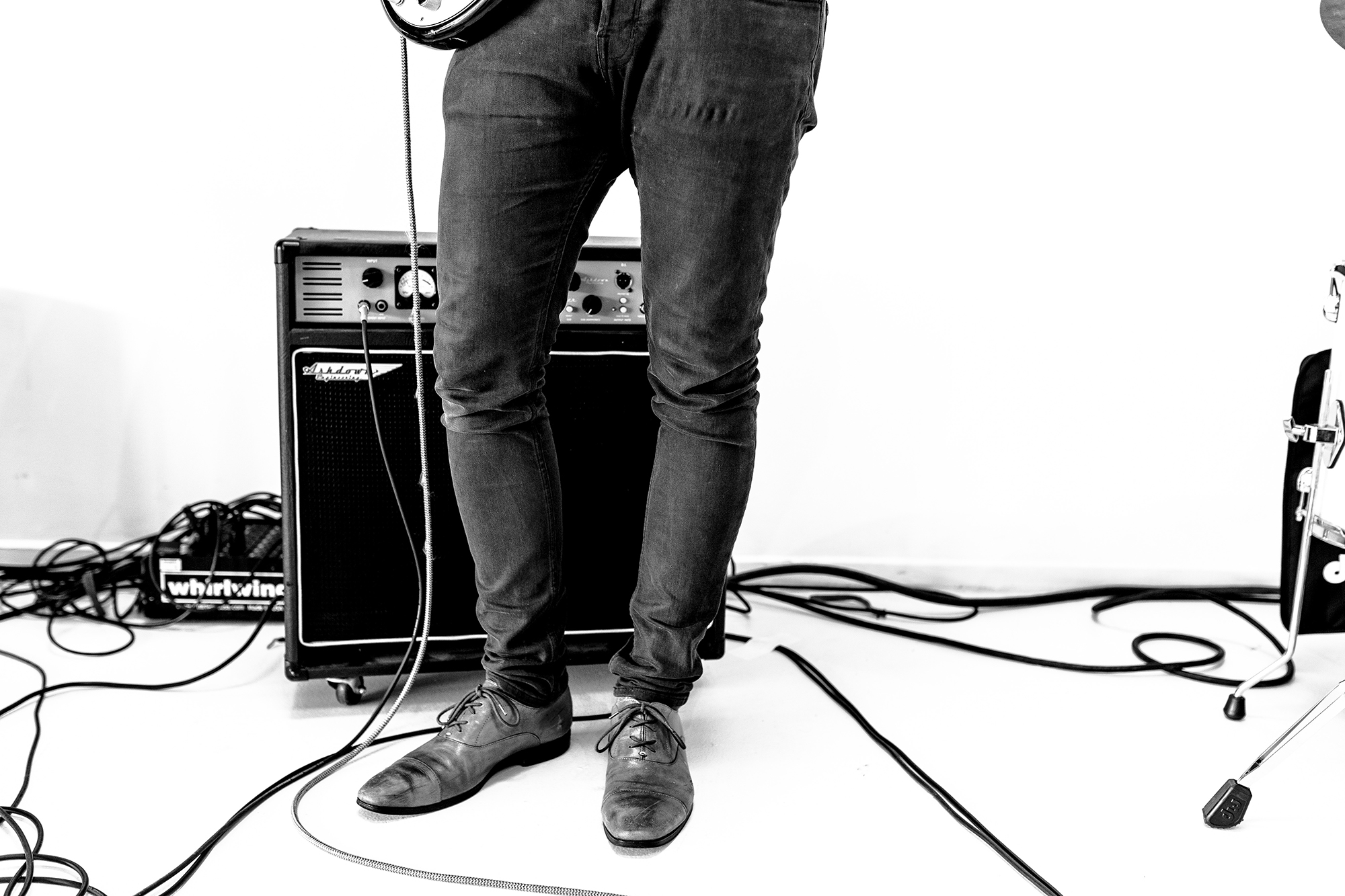
This final project is meant to tie in the literary text of The Medium is the Massage by Marshall McLuhan with the concept of multimodality, and the experimental sound art that is Wochende. Multimodality is when one uses multiple forms of media in order to better reinforce the message being delivered. This is a powerful concept, as one is able to engage an audience in multiple spaces; and this allows new connections and ideas to form. The Medium is the Massage relates to this and states that the interpretation of one's message may become distorted when one changes the medium; or when one adds another form of media to communicate the message. In connecting this information to Ma Journée, I wanted to test how implementing different media to a message changes the message. In this project, I chose to focus on sound art, remixing, and typography/visual space.
When changing the medium of a message, is it necessarily terrible for that message to be skewed through the implementation of new media?
Does this not allow for others to form their own connection to the message?
How does multimodality allow one to better communicate a message?
"Sound art or sonic art is an art form that focuses on sound as a fundamental (literal or implied) element. Its definition is constantly changing as more and more established and emerging genres are now covered by the umbrella of sound art or sonic art." - Camilo Salazar
Sound art has been traditionally recognized as mainly sound sculptures created by traditional artists. However, sound art is present in just about every part of one's day; be it the sound of typing in a classroom, the background noise of a conversation, or even the sound of a heater in a living room. These everyday noises have been used as inspiration and parts of sound art. One famous example of this is Walter Ruttman's Wochende. In this, Ruttman recorded everyday noises that he heard during his weekend. Sound art can include any noise and has evolved as a form of communication that uses auditory language. This form of art can include text in order to better communicate its message, and it even is made using modern technology in order to better facilitate the process of creation.

Photo by Tim Wright on Unsplash
Remixing is the act of altering the original state of an item by adding, removing, or changing elements of an item. Remixing is normally thought of solely in the realm of music, but it can occur in books, videos, and other forms. The act of appropriation and change is what makes remixing a powerful form of media. One can take just about any file (legally) and mash it up with other files in order to communicate a message. This form of media ignites creativity, in the sense that people are able to take elements of something that they enjoy and form it together with other elements however they see fit.
One issue with remixing is that if one is not careful with this, one can violate copyright laws and possibly plagiarize someone else's work. One method to avoiding this is to ensure that the files you remix are common use. Being sure to check this is vital, as one can get sued or fined for committing copyright infringement.

Photo by Ian Dooley on Unsplash
Typography is styling the appearance of characters through the use of leading, tracking, font-size, font family, etc. Typography today stems from the ancient Egyptians who used a wood roller in order to roll script on to wet clay. This form of scripture is known as hieroglyphics and it is prevalent across the sculptures and pyramids from ancient Egypt. As time progressed, technologies also did, and the printing press was created. Johannes Gutenberg is the man that created this in the 1430's. With the implementation of this technology, information was able to be spread more quickly and to a wide array of people. This revolutionary technology allowed ideas and language to transcend borders, and we would not be where we are today without this invention. Time continues to progress and we are able to create typographic works on programs such as Photoshop, Illustrator, and InDesign. Print space has contributed largely to the spread of ideas.

Photo by Drew Gilliam on Unsplash
The three forms of media outline above; sound art, remix, and typography/print space have been revolutionary to changing the world of language, text, and technology. Sound space and sound art have allowed us to create many modern inventions such as the telephone, music, and other items that use sound as their primary sense. Typography has allowed us to communicate with people across the globe and we are better able to reach varying audiences. We no longer have to wait around for a master of a craft to be present; we are able to look up information relating to the topic we are researching. Remixing has allowed new art forms to come about. A mash up of many forms of media, the remix allows one to be creative and to take other's ideas and use them (with the right permissions) in order to communicate with others. Overall, these three forms of media can be used to communicate messages; these messages may become misconstrued a bit when used in conjunction with one another, or on their own, but that is media existing and humans forming perceptions.